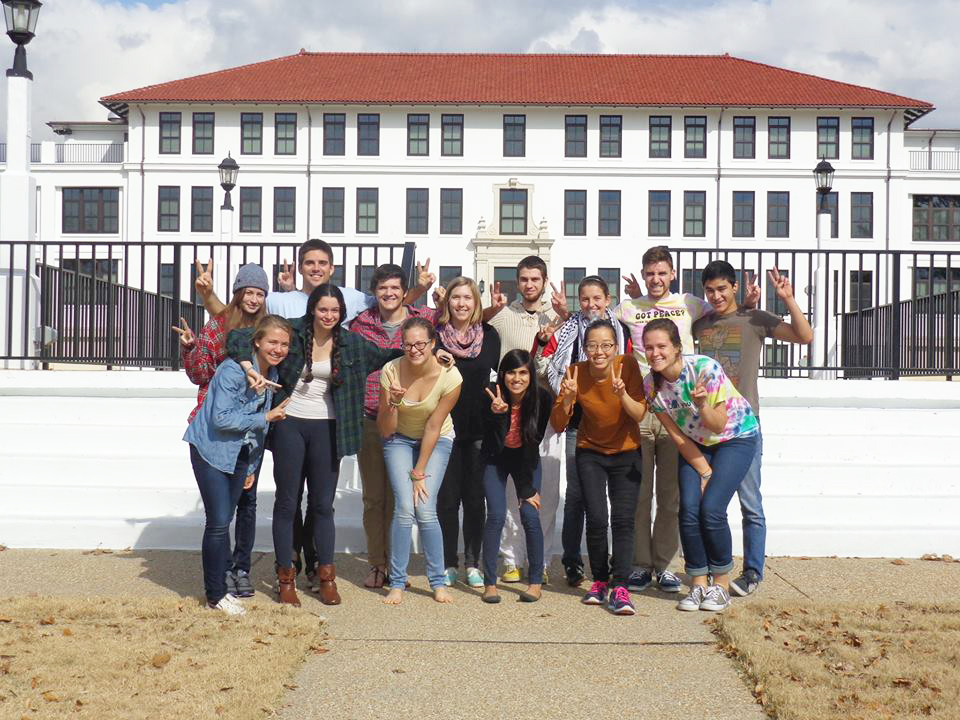With cars packed full with peanut butter, jelly, loaves of bread (courtesy of the Rott) and a handful of students willing to learn more about the School of Americas or affirm their continual support, we started our journey to Fort Benning, Ga., last Friday, Nov. 21.
Western Hemisphere Institute for Security Cooperation (WHINSEC), or better and formerly known as the US Army School of Americas, has trained over 64,000 Latin American soldiers. This combat military school has been criticized for the human rights violations by its alumni. Rape, murder and assassinations have been initiated by SOA graduates.To spread awareness and to shut down such activities, an annual public demonstration is held in mid-November in Fort Benning. This demonstration commemorates the murder of six Jesuit priests by the graduates of the school.
Rumbling down 800 miles of asphalt, our van and two other cars finally arrived in Americus, Ga after 14 hours on the road. Although arriving at 6 a.m. and waking back up at 11 a.m. might have been difficult for some, the group jumped back into each automobile to head over to one destination: WHINSEC.
Two hours later, we found ourselves passing through a military base checkpoint, handing over our driver’s licenses for identification, and arriving in front of the steps of the school itself. Walking around the eerily quiet military base and posing with V-peace signs, we came to a couple realizations: one, we probably were not allowed in the base as protesters and second, the protest was actually happening outside the gates of the school.
After locating ourselves on the map, we arrived on location where a growing crowd of people surrounded a stage. Informational booths were set up that promoted ways to protest against military tax, protect worthy whistleblowers and even protest the Iguala mass kidnapping of 43 students.
On the following day, a funeral vigil was held to commemorate the Jesuit priests where a somber reading of those murdered by SOA graduates was given. Thousands of white crosses were hung across the school gate. One man climbed over the military gate, with full understanding of the consequence; he knew he would be arrested and would spend six months in jail.
To witness such public acts of defiance and to see people who have protested for 25 years was awe-inspiring, yet somewhat melancholy. The protest is now 25 years old, a long but necessary fight against military brutality against civilians.
As I stood outside, holding a white cross and marching with a thousand others, I realized the necessity of each person’s participation and the unfortunate circumstances that demand that this protest be an annual activity. The protest, now a shared experience with 15 other Goshen College students, is a call for justice, and one that must be continually shared with the college community.


